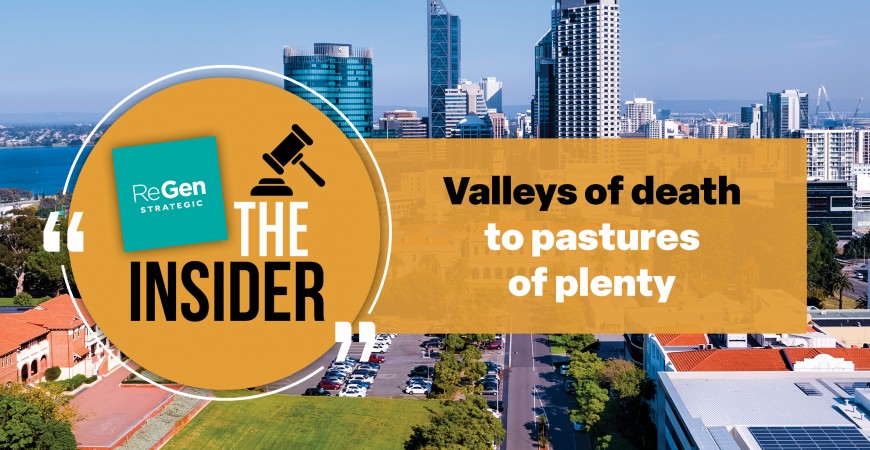The three-legged stool - essentially consisting of jobs, prices and growth - that Australia's economic prosperity is built upon is never perfectly balanced.
And just like any self-assembled domestic item, it requires ongoing adjustment and the occasional swear word.
Employment (jobs), inflation (prices) and productivity (growth) have been regular watchwords for political leaders, central bankers and media commentators. An emphasis on one usually means that the others will inevitably require attention at some point in the future.
In a trade-exposed and volatile global environment, governments in Australia have needed to prioritise adjustments to our economy to suit their times - and terms - over the past decade.
Employment was a clear focus for the 2019-2022 Morrison Coalition Government, dominated by the COVID-19 pandemic and the rollout of JobKeeper, as well as a range of related policies designed to tether Australians to their jobs. These necessary measures were funded via public debt and expectedly built up the pressure within our domestic economy.
This set of books and inflationary pressures were passed onto the Albanese Labor Government to manage from 2022 through 2025. This term of government coincided with an escalating series of global conflicts and geopolitical tension. The pressure-valve of interest rates was tapped 13 times, with the RBA's target cash rate moving from 0.1% in April 2022 to 4.35% by November 2023.
With inflation in the rear-view mirror (for now), the re-elected Albanese Labor Government has signalled its intent to focus on lifting productivity, with big expectations before the next Federal election in 2028. Their Future Made in Australia program, in concert with policies such as the Cook Labor Government’s Made in WA plan, seeks to induce the commercialisation of a range of nascent industries that diversify our economy and transition our energy system.
The challenge for governments – and proponents seeking to access this funding to commercialise – is that the inputs may not equate to a commensurate output for some time, or at least before the next election.
In short, productivity is unlikely to be a short-term outcome. It’s more likely to be something to be realised in the 2030s. But politicians, to paraphrase John Maynard Keynes “in the long run, are all dead”, so they will be seeking to make bold decisions and back the right horse.
This is not a novel concept in Australia. The expansion of most Australian industries, including those that are now hard-nosed and self-sufficient, were dependant on bold decisions of past governments and/or a tipping point of public support that supported their early growth.
Presently, private capital markets are stubborn and frustratingly conservative for companies seeking to grow. Active investors are rare in a time when the flight to index funds, or gold, appears to be the default.
Like grape vines with good soil but without water, without access to sufficient capital, even companies with the best ideas and future commercial prospects can wither.
The emergence of this ‘valley of death’ for companies seeking to commercialise is a clear and present danger for Australian governments at all levels.
But is there a win-win situation, given the aligned intent from Australian governments to foster nascent industries that can accelerate and capitalise on the energy transition?
For proponents seeking to approach and engage government stakeholders, it remains critical to align with policy priorities and ensure that there is a common understanding of the short-term support mechanisms that are required.
These mechanisms do not need to be costed in the billions of dollars either. In order to unlock future access to private investment, governments play a vital role in providing the ‘goldilocks’ amount of support for proofs-of-concept, feasibility studies and access to essential services and land.
 ReGen Strategic
ReGen Strategic